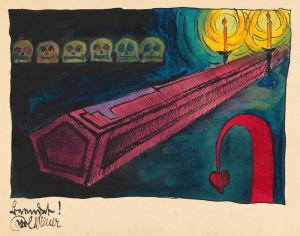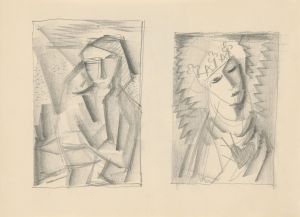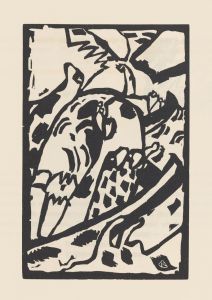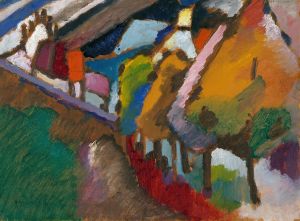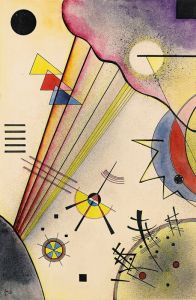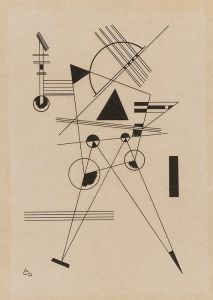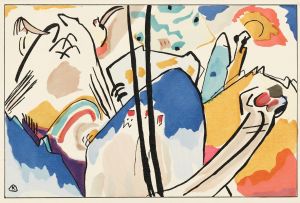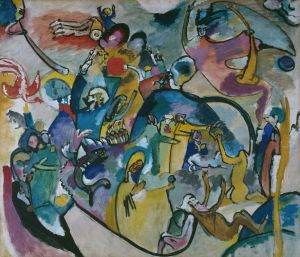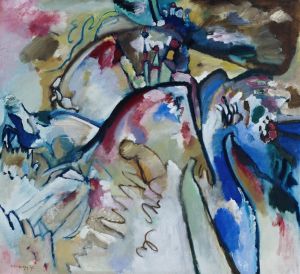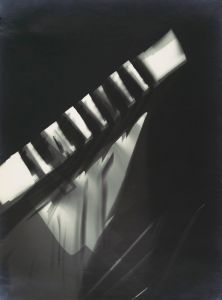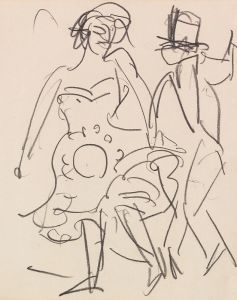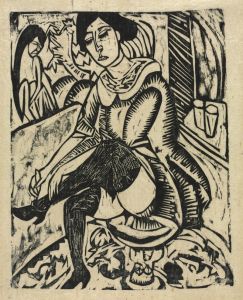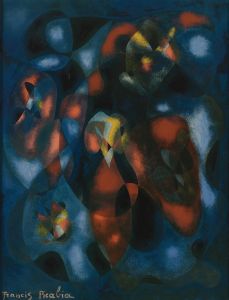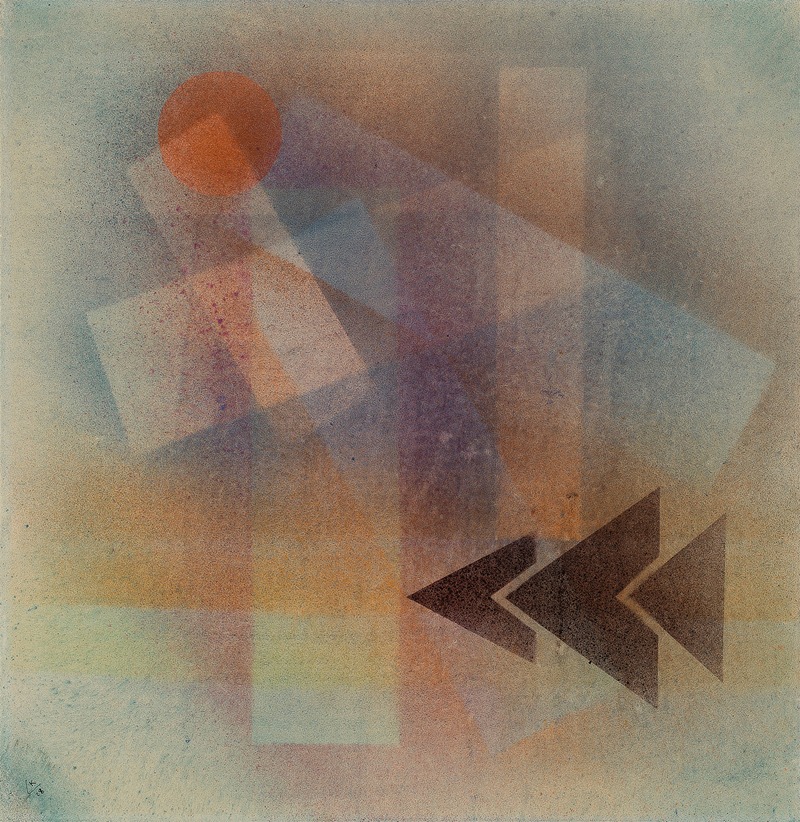
Schwere Spitzen
A hand-painted replica of Wassily Kandinsky’s masterpiece Schwere Spitzen, meticulously crafted by professional artists to capture the true essence of the original. Each piece is created with museum-quality canvas and rare mineral pigments, carefully painted by experienced artists with delicate brushstrokes and rich, layered colors to perfectly recreate the texture of the original artwork. Unlike machine-printed reproductions, this hand-painted version brings the painting to life, infused with the artist’s emotions and skill in every stroke. Whether for personal collection or home decoration, it instantly elevates the artistic atmosphere of any space.
"Schwere Spitzen" (translated as "Heavy Points") is a painting by the Russian artist Wassily Kandinsky, created in 1923. Kandinsky is widely regarded as a pioneer of abstract art, and his works are known for their vibrant use of color and innovative compositions. "Schwere Spitzen" is a notable example of his abstract style, which he developed during his time at the Bauhaus, a German art school that combined crafts and the fine arts.
The painting is characterized by its geometric forms and dynamic composition. Kandinsky's use of shapes such as circles, triangles, and lines creates a sense of movement and tension within the artwork. The title "Schwere Spitzen" suggests a contrast between heaviness and sharpness, which is reflected in the juxtaposition of solid, weighty forms with pointed, angular elements. This interplay of forms is a hallmark of Kandinsky's work during this period, as he sought to explore the emotional and spiritual effects of abstract shapes and colors.
Kandinsky's time at the Bauhaus, from 1922 to 1933, was a period of significant artistic development. He was influenced by the school's emphasis on the integration of art, design, and architecture, and he contributed to the Bauhaus's innovative approach to art education. During this time, Kandinsky also developed his theories on the spiritual in art, which he articulated in his writings. He believed that abstract art could evoke a deeper, more universal emotional response than representational art.
"Schwere Spitzen" reflects Kandinsky's interest in the relationship between form and color. The painting features a carefully balanced composition, with each element contributing to the overall harmony of the piece. The use of contrasting colors, such as bold reds and blues, adds to the dynamic quality of the work. Kandinsky's precise arrangement of shapes and colors demonstrates his mastery of abstract composition and his ability to convey complex ideas through visual means.
The painting is part of the collection of the Städtische Galerie im Lenbachhaus in Munich, Germany. The Lenbachhaus is renowned for its extensive collection of works by members of the Blue Rider (Der Blaue Reiter) group, of which Kandinsky was a founding member. The Blue Rider group was an influential movement in early 20th-century art, advocating for the expression of spiritual and emotional truths through abstract forms and vibrant colors.
"Schwere Spitzen" is a testament to Kandinsky's innovative approach to art and his enduring influence on the development of abstract painting. The work exemplifies his belief in the power of abstract art to transcend the material world and connect with the viewer on a deeper, more intuitive level. Through his use of geometric forms and bold colors, Kandinsky created a visual language that continues to inspire and captivate audiences today.





